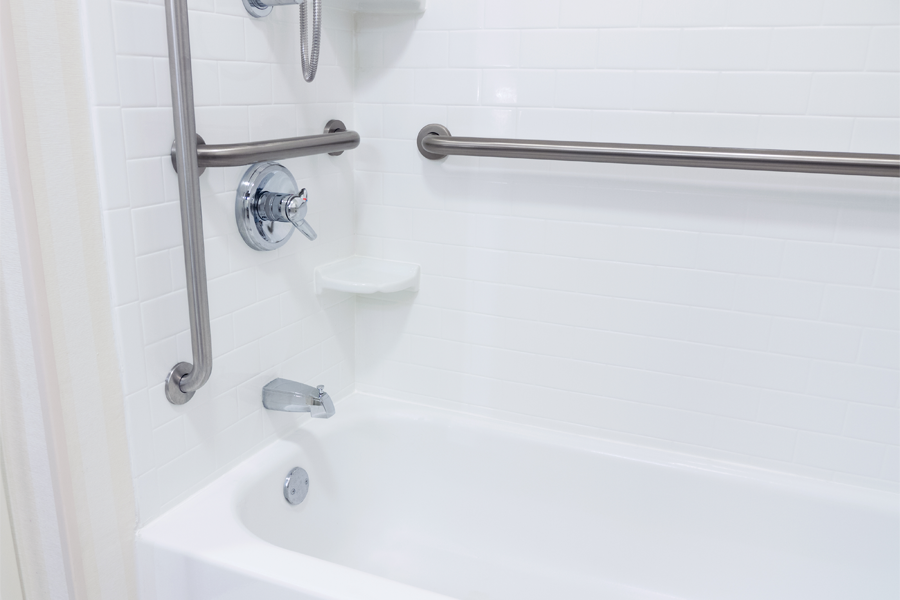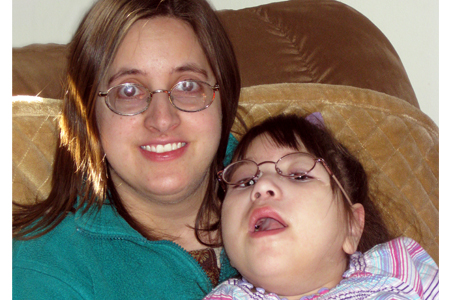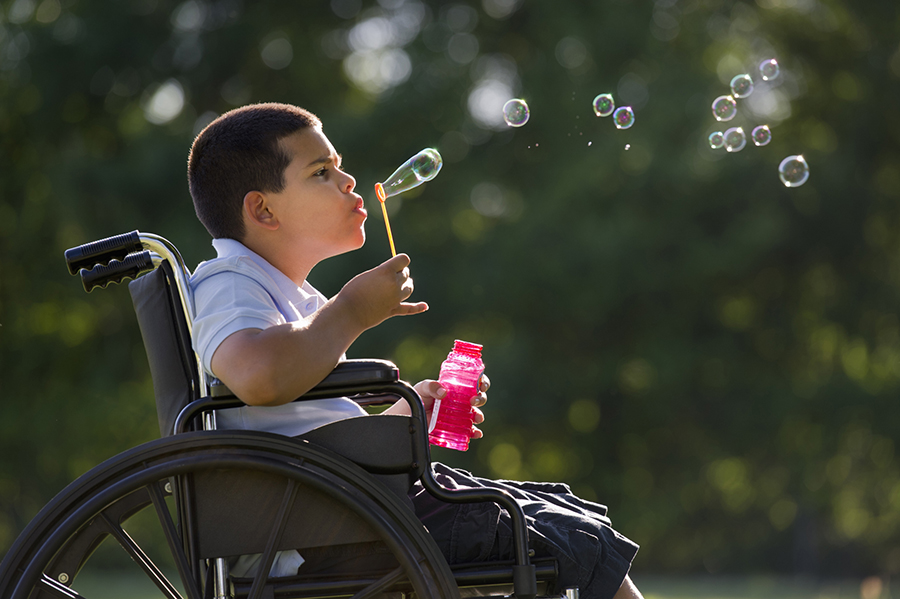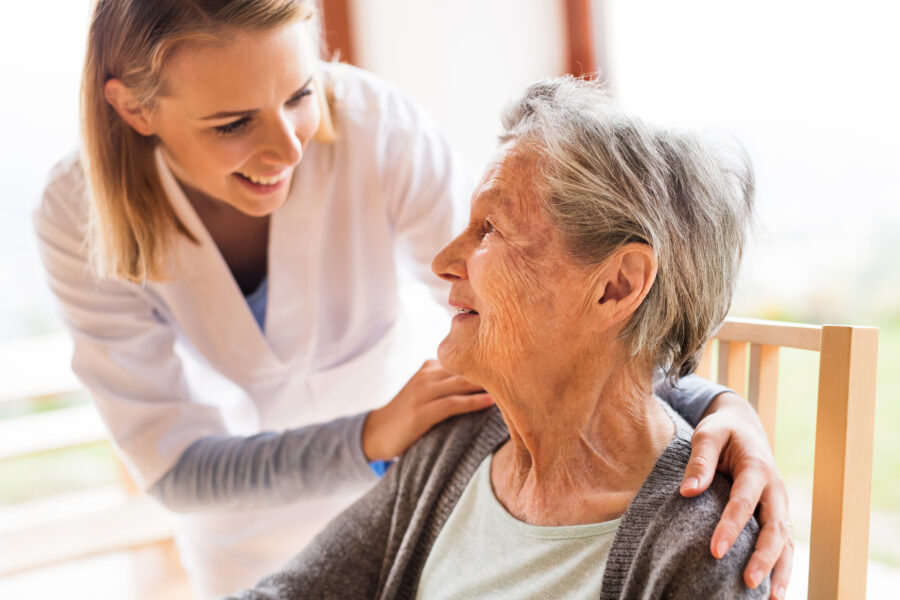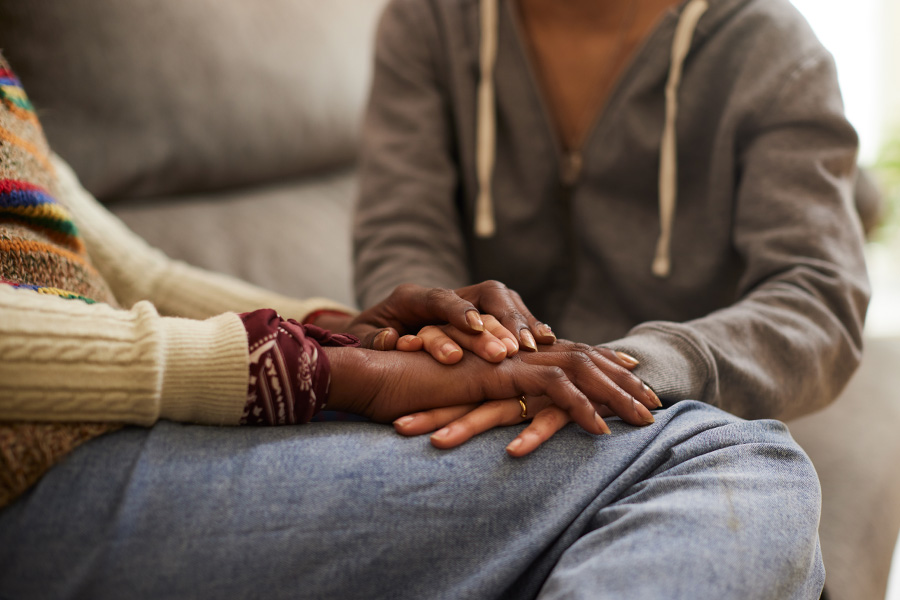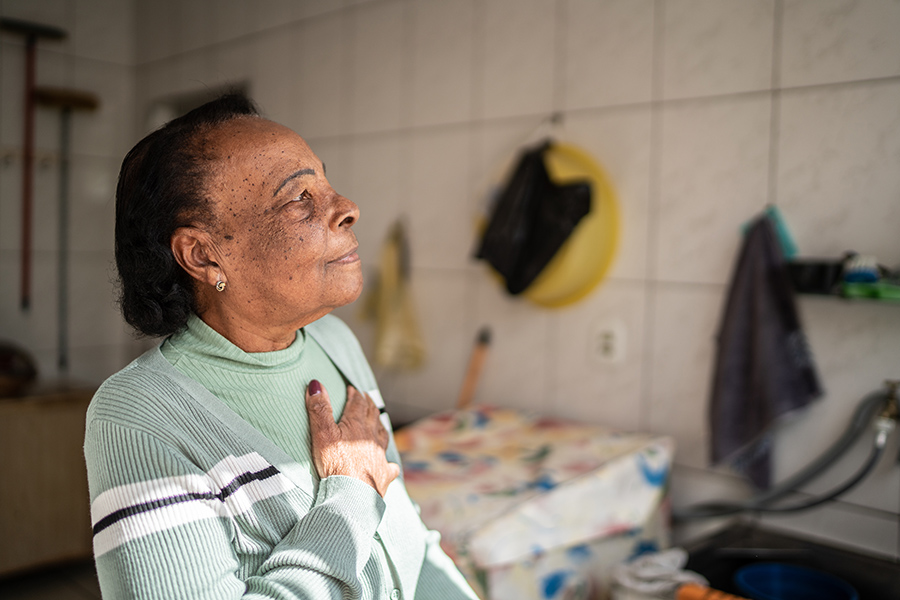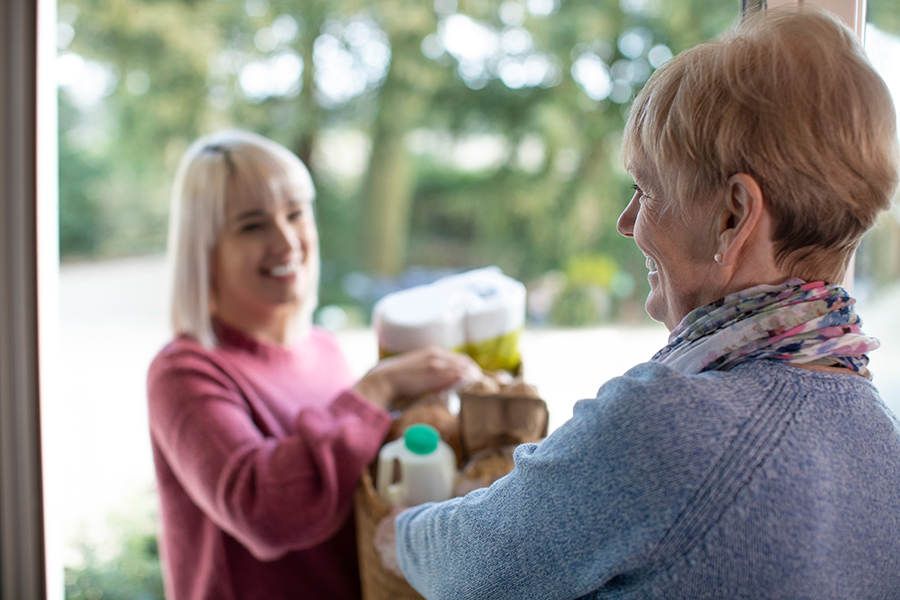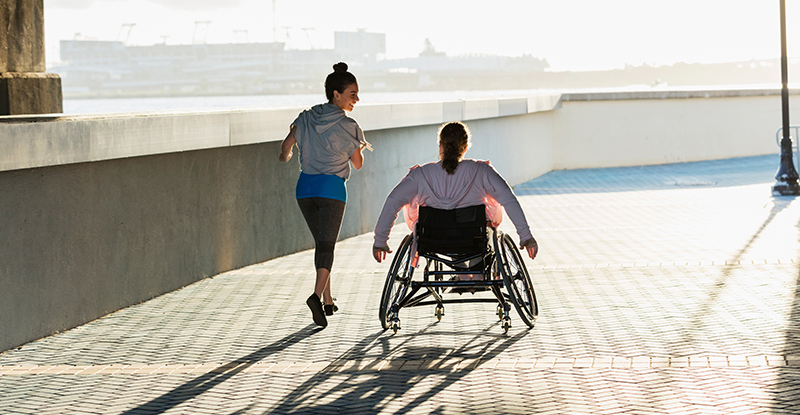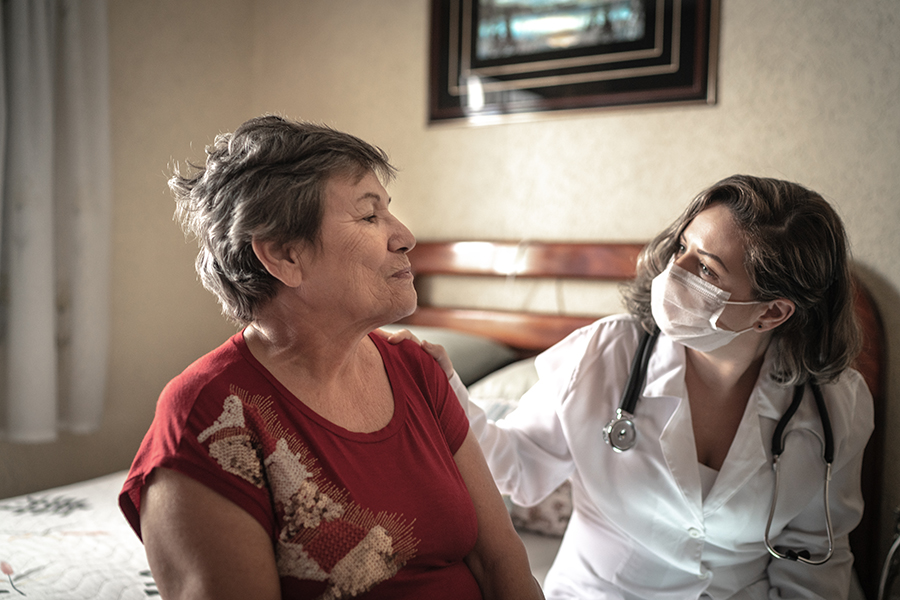As we age, shifting mental statuses and changes to physical abilities – both gradual and sudden – can cause big changes in everyday routine. One of the most common routine changes is to daily self-care: maintaining the hygiene of hair, nails, teeth and body. As the most physical self-care activity, bathing, in particular, can cause anxiety and become a challenge. To reduce anxiety and risk of falls, pre-planning for bathing can be very helpful.
Preparing to Bathe
- Decide on a schedule for when you will bathe or assist your loved one.
- Prepare the area for safety. Consider adding features like no-slip stickers, attachable grip bars or railings along the walls.
- If useful, explore assistive devices such specialty chairs or basins for sponge baths. If you or your loved one has particular difficulty getting in and out of the tub, consider installing a walk-in tub.
- Place necessary supplies in easy-to-reach places. Lay out fresh clothing and a warm towel or robe.
- Simplify the process. If given the choice, opt for basic, necessary products and skip the fancier products such as loofahs with body sugars, or specialty body/hair lotions.
Bathing another Adult
Assess Bathing Resistance
Resistance to bathing can come from a number of reasons. A loss of memory can produce feelings of anxiety or fear. Depression can cause indifference about personal hygiene. Elderly people may fear falling or injury. Being naked, even in front of a well-known family member, can cause embarrassment or a feeling of vulnerability about being exposed. Whether you are assisting or supervising, consider ways to protect their privacy and safety.
During the Bathing Process:
- Comfort is important. Check the temperature of the water before undressing. Keep checking throughout the bath or shower to make sure the person being bathed is as comfortable as possible.
- Create a relaxed environment. Reduce distractions like TV, outside noises, or cellphones.
- Monitor your own attitude. Remain calm and casual — it will ease tension and embarrassment for both you and your patient.
- Explain what you are about to do and/or what you are doing. This can set expectations and help ease any discomfort.
- Check for sores and rashes. Although skin should be checked regularly during clothing and product changes, bathing is an ideal time to examine skin for irritation or damage from voiding, pressure, or product reactions. Wash thoroughly.
- Prevent accidental falls. Have clothes and towels handy in case your patient is cold after bathing. Don’t rush — the chances of slipping or injury is much greater.
- End positively. Once the person being bathed is dried off and dressed, offer a snack, rest or preferred activity after bathing.
Body Care: Other Hygiene
Teeth: Whether or not your loved one is able to brush his or her own teeth, make sure the toothbrush is long and thick enough for them to grip. An electric toothbrush can be a helpful option for fewer precise movements. Electric toothbrushes are also useful for you if you are brushing a person’s teeth for them.
Nails: If needed, clip or trim nails after bathing when the nails are softer.
Hair: Individuals who do not bathe regularly can develop oil buildups and other scalp problems. If mobility issues prevent showering or baths, try bringing the individual to a salon or use a portable/bedside hair basin. Hair basins may also be a more convenient, larger option than a sink for washing hair. Consider using dry shampoo to reduce oil buildup between wet washes.
Related Articles:





